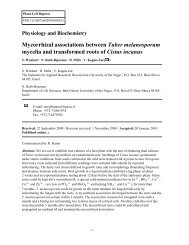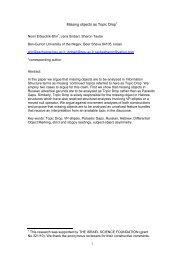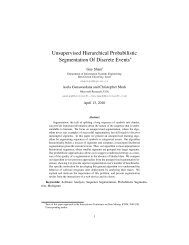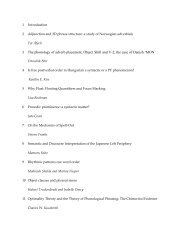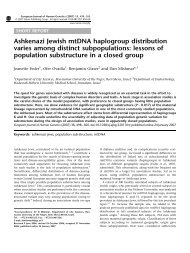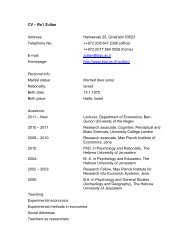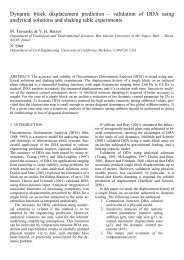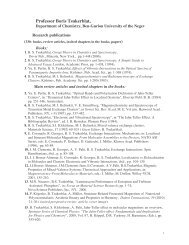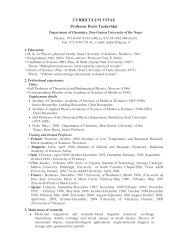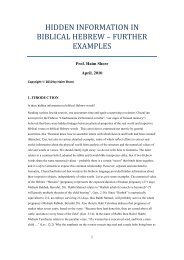Generics, Frequency Adverbs, and Probability
Generics, Frequency Adverbs, and Probability
Generics, Frequency Adverbs, and Probability
Create successful ePaper yourself
Turn your PDF publications into a flip-book with our unique Google optimized e-Paper software.
ad. Again, note that people who judge (35) to be bad may consider the age<br />
partition to be salient in this case.<br />
Note that age constitutes a numerical scale; we can order people linearly<br />
according to their age. In many, perhaps all cases, scales may induce a salient<br />
partition. For example:<br />
(36) a. Buildings are less than 1000 feet tall.<br />
b. Animals weigh less than two tons.<br />
c. Shoes are size 7 <strong>and</strong> above.<br />
All the properties predicated in the sentences in (36) hold of the vast majority<br />
of the individuals in their domain (but not all of them), yet these sentences<br />
are odd. This can be explained if numerical scales induce salient partitions,<br />
since height, weight <strong>and</strong> shoe size are all numerical scales. An investigation<br />
into the nature of scales (see Horn 1972; Hirschberg 1985) may shed some<br />
light on the factors which determine the saliency of a partition.<br />
Gender<br />
Gender is often a salient partition too.<br />
Thus, although the majority of<br />
primary school teachers are female, (20.f), repeated below, is odd:<br />
(37) Primary school teachers are female.<br />
The reason is that, if we partition the set of teachers according to their<br />
gender, there will obviously be a set, the probability of whose members to<br />
44




